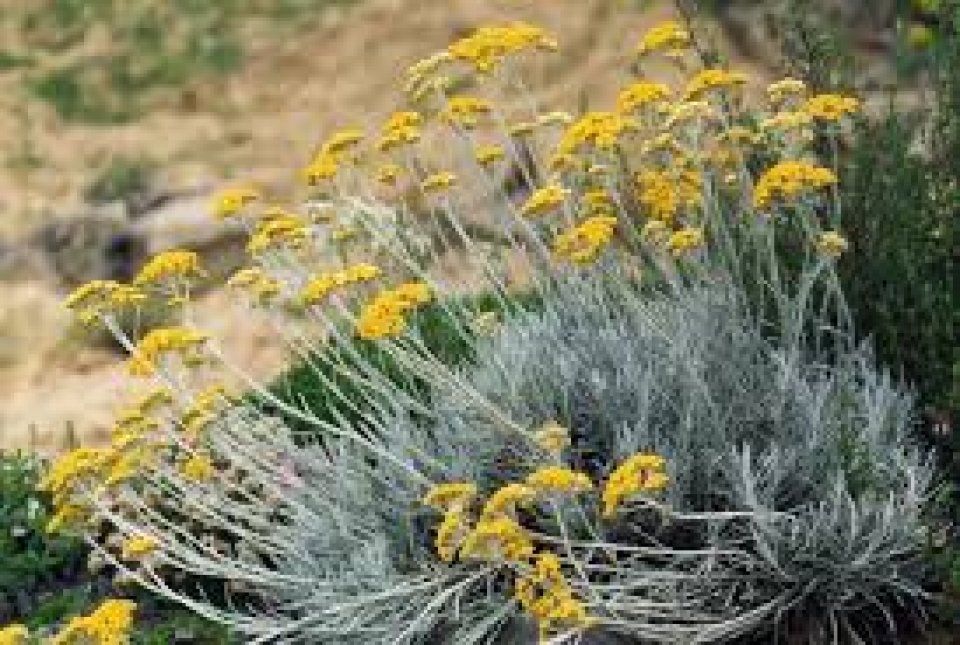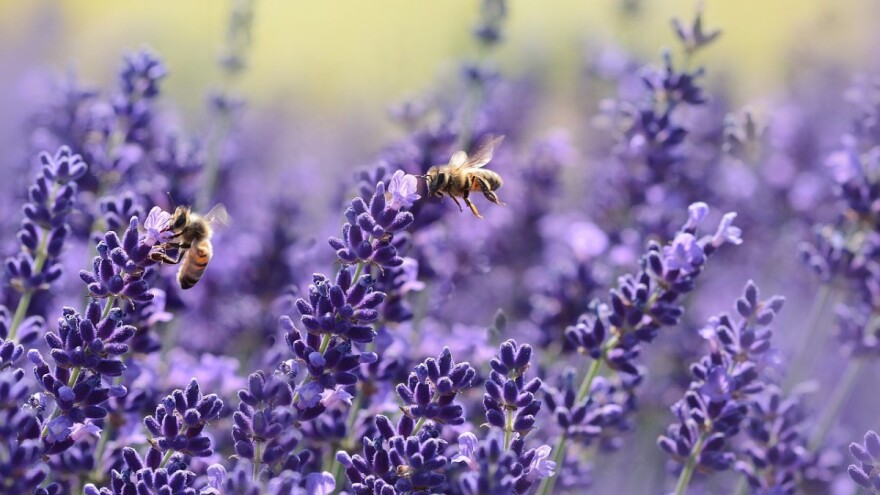
One of the preconditions for successful cultivation and increase of production of medicinal and aromatic plants in Croatia is in any case knowledge of their ecological characteristics. However, previous studies of medicinal and aromatic plants in Croatia have not systematically included the islands of Krk, Cres and Pag, despite the fact that these islands are areas of plant richness. Therefore, the aim of this paper is to determine the abundance and diversity and ecological characteristics of wild medicinal and aromatic plants of the rocky pastures of these islands.
Although there are favorable conditions for cultivation in Croatia, as well as a long tradition of using medicinal and aromatic plants, the current production of these crops in our country has not been sufficiently developed. According to data from the Central Bureau of Statistics for 2018, medicinal, spicy and aromatic plants are grown on an area of about 9,000 ha. The cultivation of medicinal and aromatic plants is mostly organized on family farms, mainly as a side activity. Relatively few family farms specialize in the production of medicinal and aromatic plants.
During the study of the vascular flora of the rocky pastures of the islands of Krk, Cres and Pag, a total of 59 species of wild medicinal and aromatic plants belonging to 31 families were recorded. The species of the largest family are Lamiaceae (7), Poaceae (6) and Asteraceae (5). Other families are represented by a smaller number of species (≤ 4). Interestingly, 17 families are represented by only one species, indicating the diversity, not only of medicinal and aromatic plant species, but also of the plant diversity of the rocky pastures of the study area.
Of the 59 species identified, by use or use, the most species - 55 of them - can be used for medicinal purposes, while aromatic plants have 16 species. It should be noted that 12 species belong simultaneously to both medicinal and aromatic plants. A relatively high proportion of medicinal plant species is observed in comparison with aromatic species. These results are in line with the analysis of the use of plants integrated in the Flora Croatica Database, which showed that Croatia's flora contains the most medicinal plants.
It is well known that agricultural production of many medicinal and aromatic species can be an important source of income. Therefore, it is important to promote the cultivation and production of medicinal and aromatic species that are native to Croatia. It should be emphasized that the commercial collection of medicinal and aromatic species in nature has a negative impact on the conservation of biodiversity, and the collected plant material is not uniform and its price is much lower.
The great potential of wild medicinal and aromatic plants in the northern Adriatic islands is reflected not only in their biodiversity but also in economic value. A much larger number of medicinal and aromatic species can be grown in Croatia than is currently the case. When selecting wild species for breeding, consideration should be given to their adaptation to environmental factors.
Further information

Caption: Lavander
Credit: https://www.agroklub.com/hortikultura/lavanda-nezahtjevna-biljka-koja-vo...
